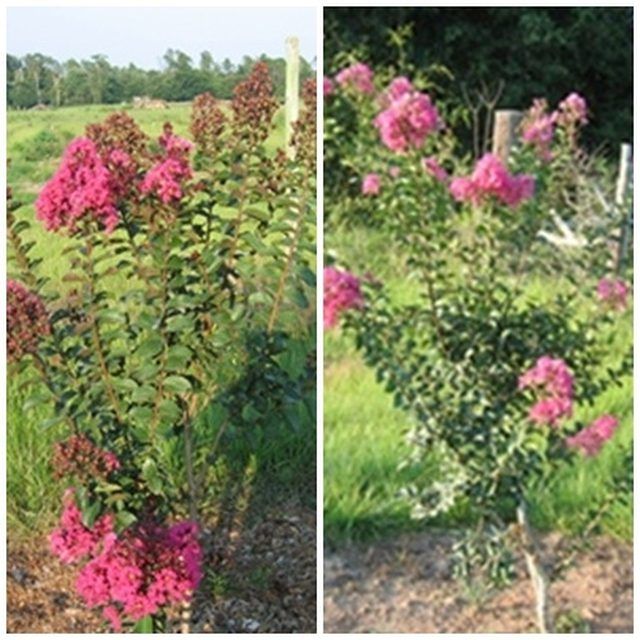Bulbs
Flower Basics
Flower Beds & Specialty Gardens
Flower Garden
Garden Furniture
Garden Gnomes
Garden Seeds
Garden Sheds
Garden Statues
Garden Tools & Supplies
Gardening Basics
Green & Organic
Groundcovers & Vines
Growing Annuals
Growing Basil
Growing Beans
Growing Berries
Growing Blueberries
Growing Cactus
Growing Corn
Growing Cotton
Growing Edibles
Growing Flowers
Growing Garlic
Growing Grapes
Growing Grass
Growing Herbs
Growing Jasmine
Growing Mint
Growing Mushrooms
Orchids
Growing Peanuts
Growing Perennials
Growing Plants
Growing Rosemary
Growing Roses
Growing Strawberries
Growing Sunflowers
Growing Thyme
Growing Tomatoes
Growing Tulips
Growing Vegetables
Herb Basics
Herb Garden
Indoor Growing
Landscaping Basics
Landscaping Patios
Landscaping Plants
Landscaping Shrubs
Landscaping Trees
Landscaping Walks & Pathways
Lawn Basics
Lawn Maintenance
Lawn Mowers
Lawn Ornaments
Lawn Planting
Lawn Tools
Outdoor Growing
Overall Landscape Planning
Pests, Weeds & Problems
Plant Basics
Rock Garden
Rose Garden
Shrubs
Soil
Specialty Gardens
Trees
Vegetable Garden
Yard Maintenance
How to Prune Crape Myrtles Correctly
How to Prune Crape Myrtles Correctly. With proper pruning, crape myrtles offer landscape interest year around in the south. Crape myrtles trimmed to encourage growth will reward with branches loaded with blooms ranging from white to deep red or vibrant purple. In the winter, the natural architectural shape of the bare branches and mottled bark will...

With proper pruning, crape myrtles offer landscape interest year around in the south. Crape myrtles trimmed to encourage growth will reward with branches loaded with blooms ranging from white to deep red or vibrant purple. In the winter, the natural architectural shape of the bare branches and mottled bark will provide landscape interest. Prune too harshly and your crape myrtle will lose its shape and offer fewer blooms.
Things You'll Need
Pruning loppers
Pruning saw
Ladder
Plant the right crape myrtle variety for the style of growth you want. Varieties such as Hopi, Tonto or Zuni have a shorter growth habit. For a more tree-like crape myrtle choose Muskogee, Choctaw or Natchez; these can grow to over 35 feet. Choosing the right variety for your location is important because no amount of pruning will change a crape myrtle's ultimate growth habit.
Prune crape myrtles when the plants are bare, in late winter or early spring, before new growth begins. Use pruning loppers to cut back any suckers coming up from around the plant's base as well as any dead, crossed, or badly placed branches. Remove limbs that grow inward to open up the center of the plant and to allow for air circulation. Use a pruning saw to reach higher branches, making clean cuts at an angle. Pruning done too late, after the new growth has already formed buds, will delay flowering.
Avoid severe annual pruning. Crepe myrtles form new growth 3 to 4 inches below a cut. Severely cutting back thick limbs results in dense, unattractive growth at the end of the cut that resembles a pom-pom or broomstick. Landscapers refer to harsh pruning as "crape murder," according to the University of Georgia Horticulture Extension.
Cut back stems to increase flower production after the first flowers start to fade and the petals fall. By cutting off the seed clusters that have formed, the flowering plants will produce another crop of flowers and some will even grow a third batch if the seeds are cut off again. Each successive set of crape myrtle flowers will be smaller than the first.